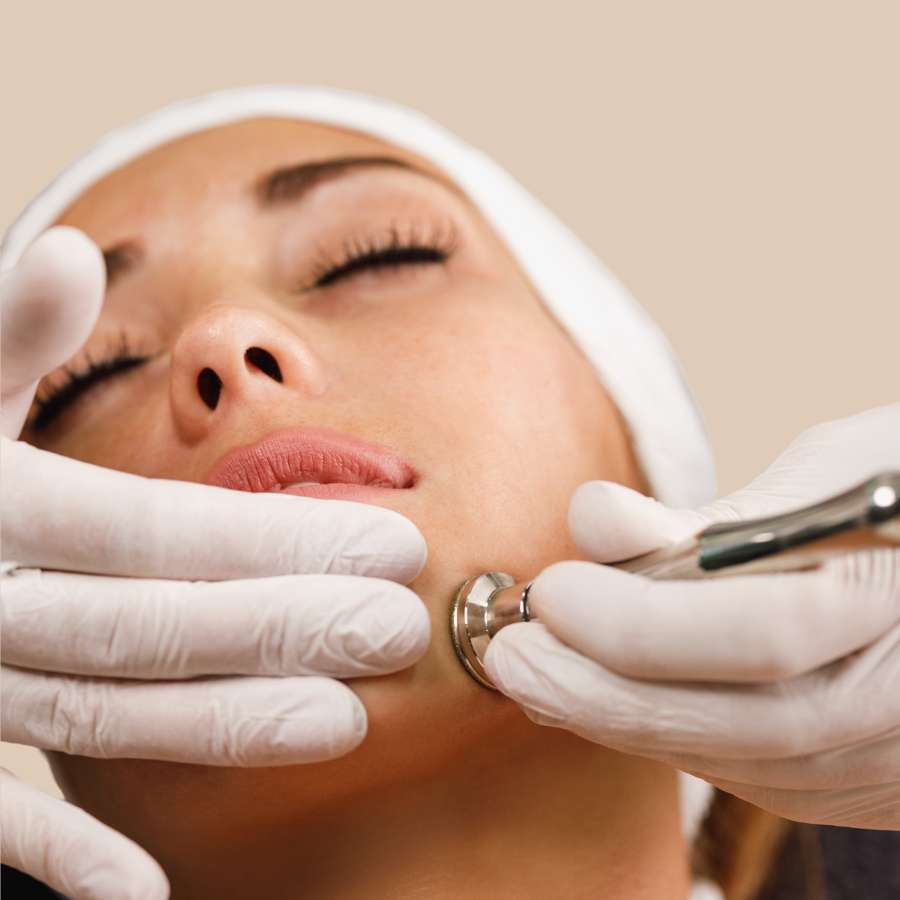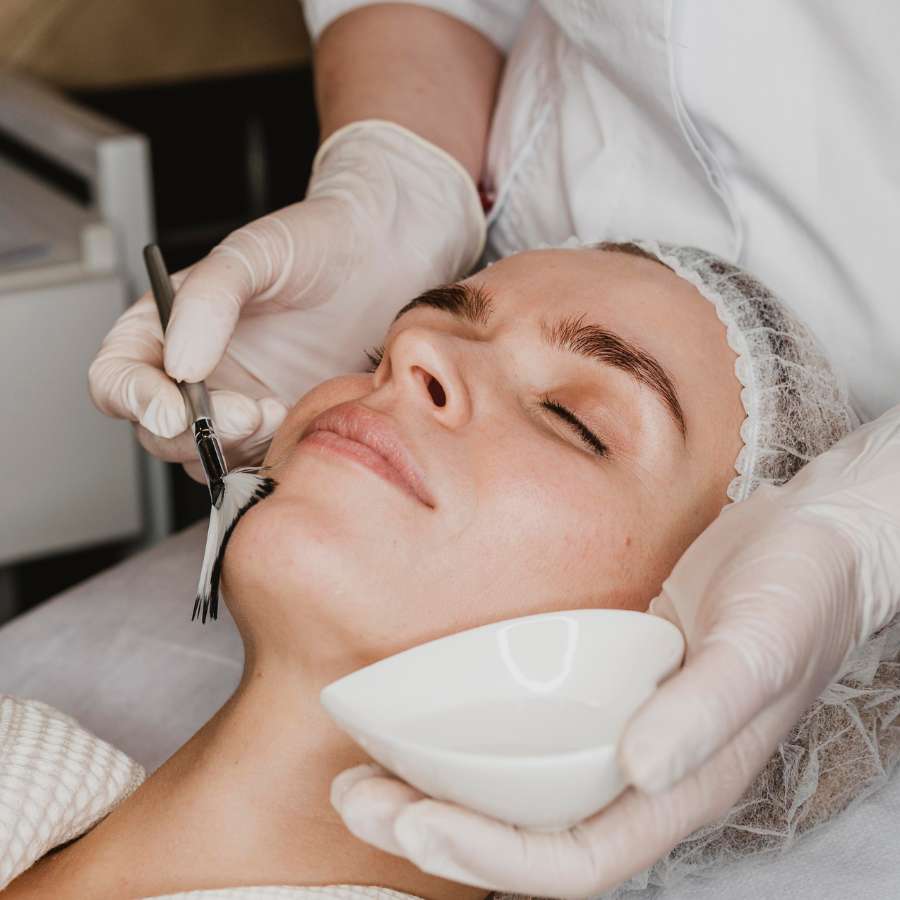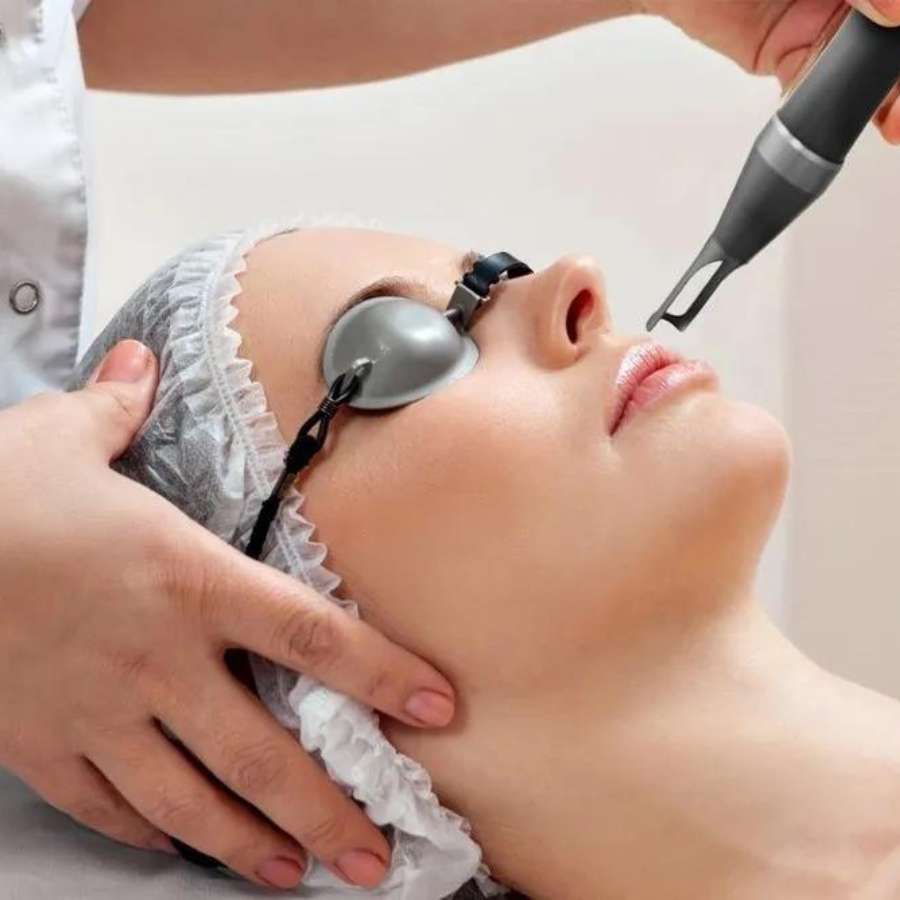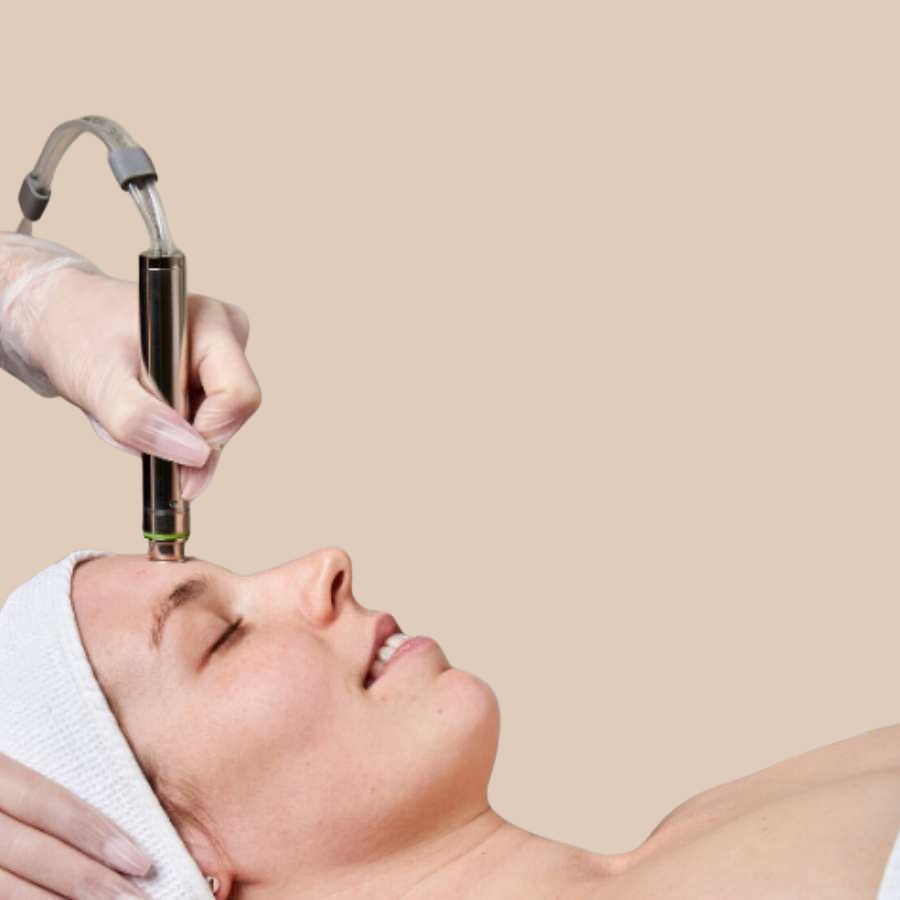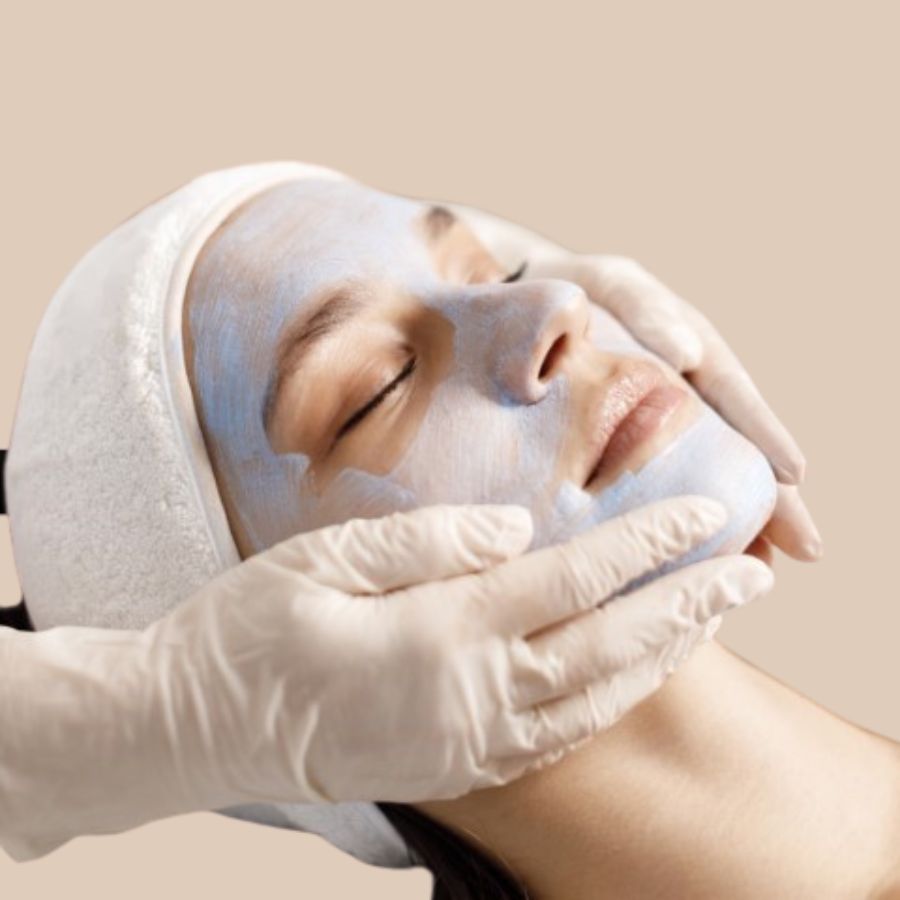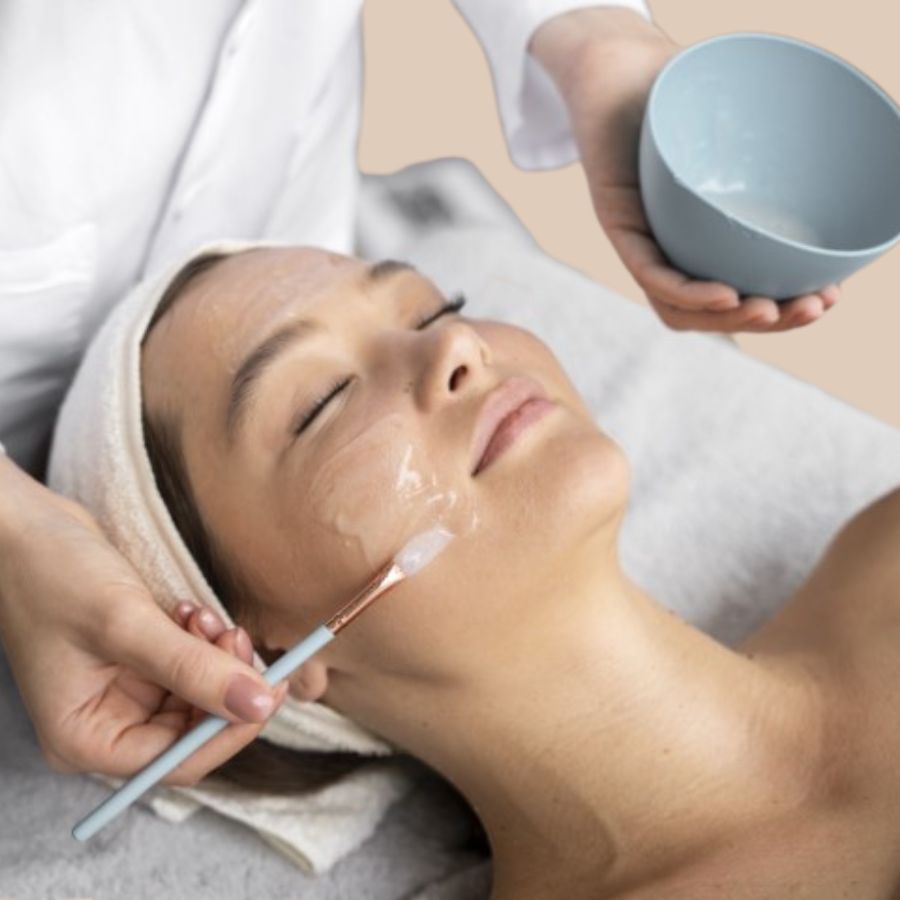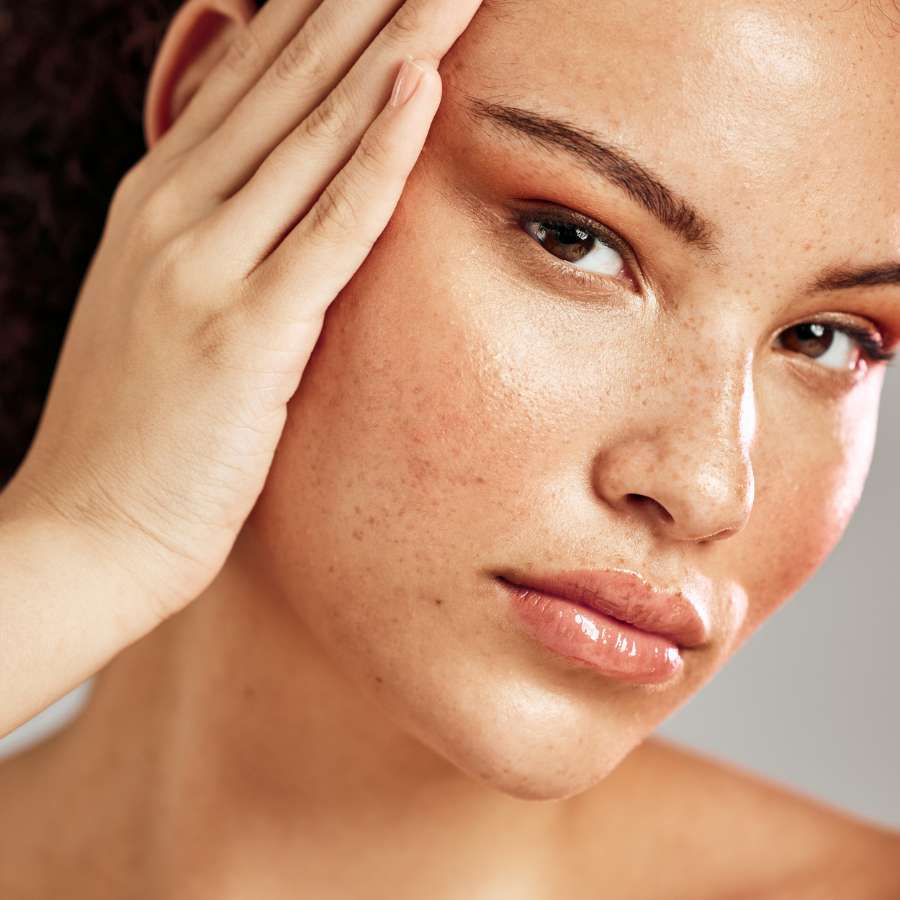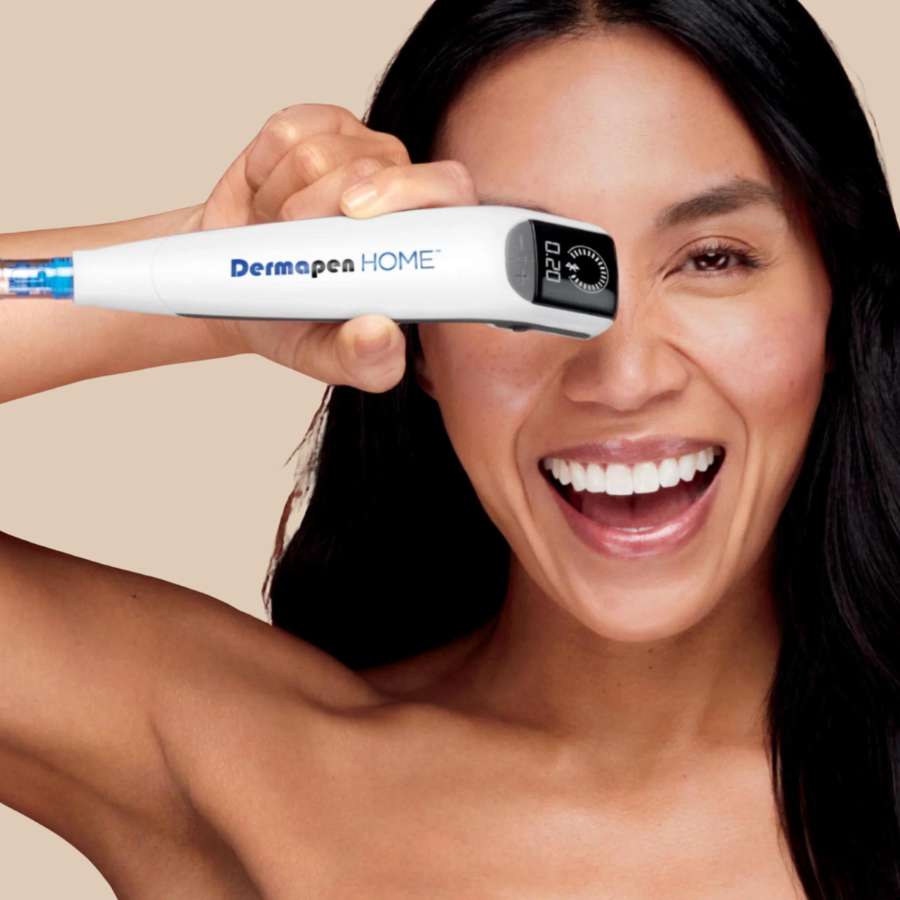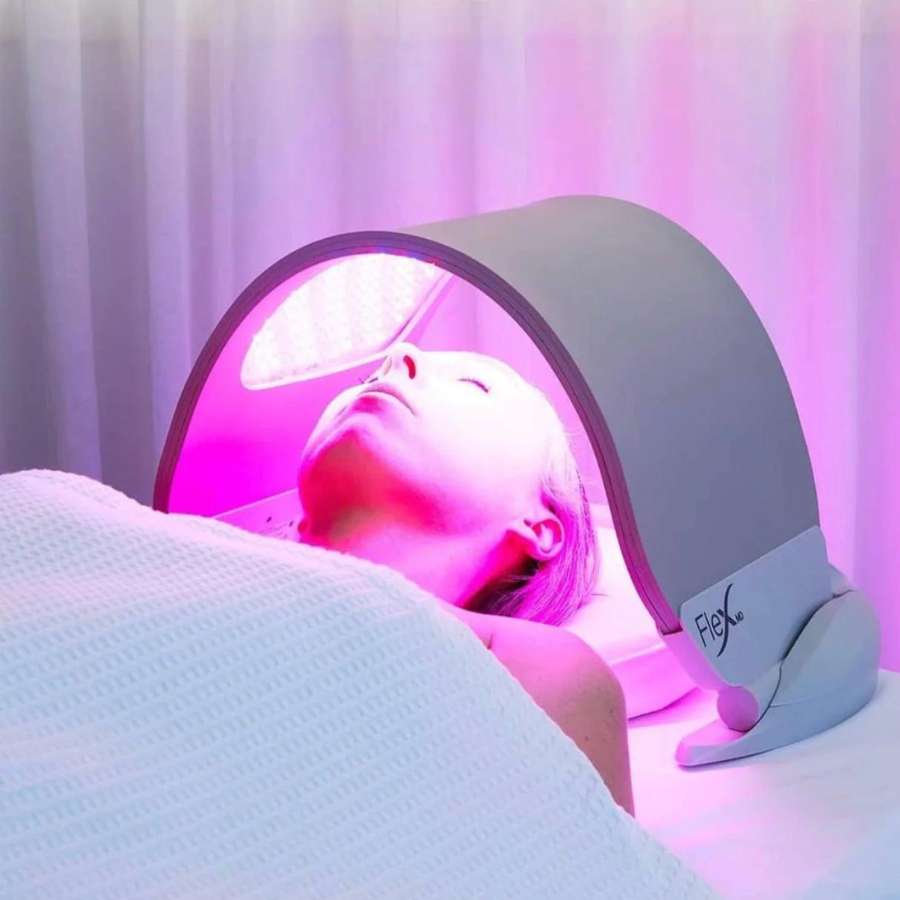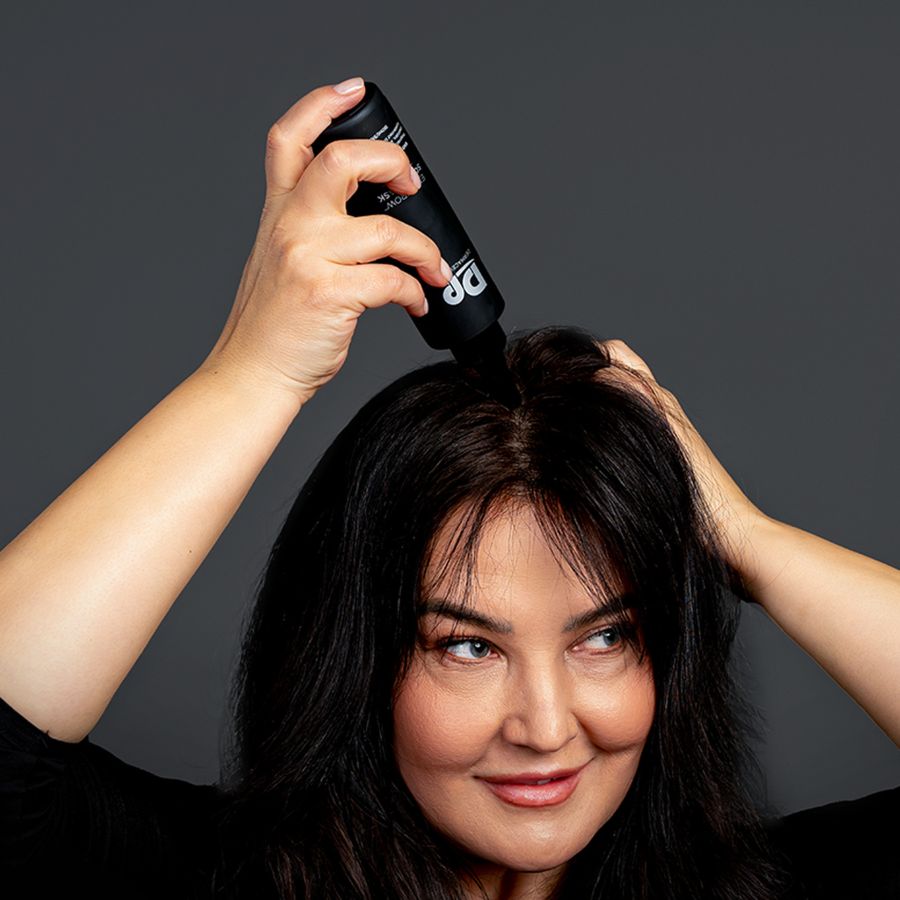In the vast realm of cosmetic and medical procedures, types of laser technology have revolutionized how we approach skin care, hair removal, and anti-aging treatments. From precise hair removal to skin rejuvenation and wrinkle reduction, lasers offer tailored solutions that suit different skin types, conditions, and aesthetic goals. This article delves deep into the diverse types of laser, their applications, and innovations, providing a comprehensive guide for both professionals and individuals seeking effective treatment options.
Types of Laser
Lasers, an acronym for Light Amplification by Stimulated Emission of Radiation, are devices that emit highly focused light beams with specific wavelengths. The diversity in laser types arises from variations in wavelength, power, and pulse duration, each designed for particular medical or cosmetic purposes. Understanding these distinctions enables clinicians to select appropriate treatments while ensuring safety and efficacy.
The types of laser can be broadly classified based on their operational principles and common uses, including ablative and non-ablative lasers, fractional lasers, and others specialized for particular skin issues or aesthetic enhancements. As technology advances, newer iterations continue to improve precision, minimize side effects, and expand the scope of potential treatments.
In this section, we explore the fundamental categories and characteristics of various types of laser, emphasizing their unique attributes and suitability for different clinical applications.
Fractional Lasers – Targeted Resurfacing and Rejuvenation
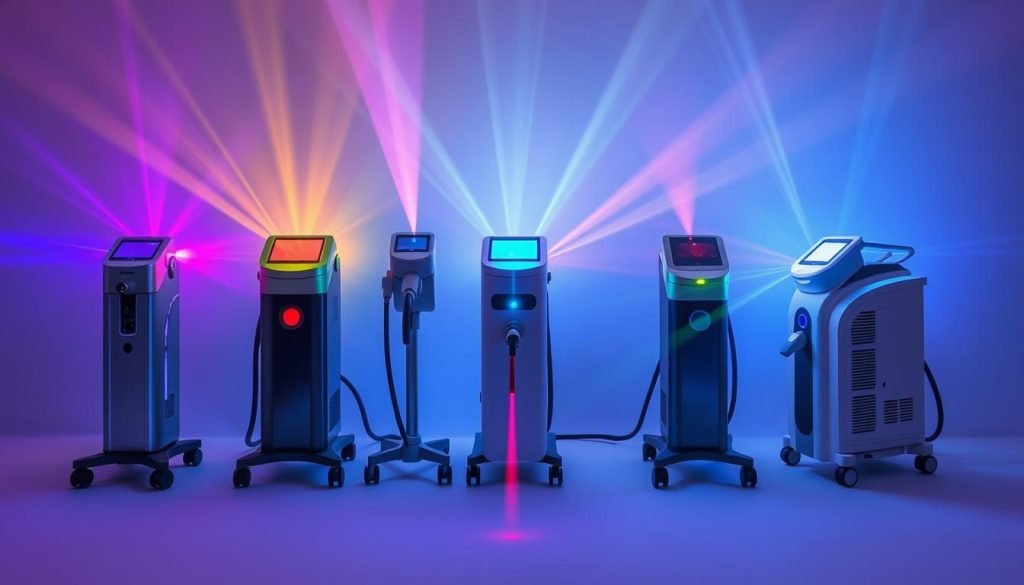
Fractional lasers are among the most popular types of laser in dermatology and cosmetic medicine. They work by creating tiny columns of thermal injury within the skin, leaving surrounding tissue intact to facilitate rapid healing.
This approach offers significant advantages, including reduced downtime, minimized risks of scarring, and effective treatment of scars, pigmentation, and wrinkles. Fractional laser technology can be either ablative—removing outer layers of damaged skin—or non-ablative, which stimulates collagen production without significant tissue removal.
Clinicians often favor fractional lasers for patients seeking skin rejuvenation with minimal disruption to daily life. These types of laser are also versatile, capable of treating a broad spectrum of skin concerns across various skin types.
Continuous Wave vs. Pulsed Lasers – Precision and Safety
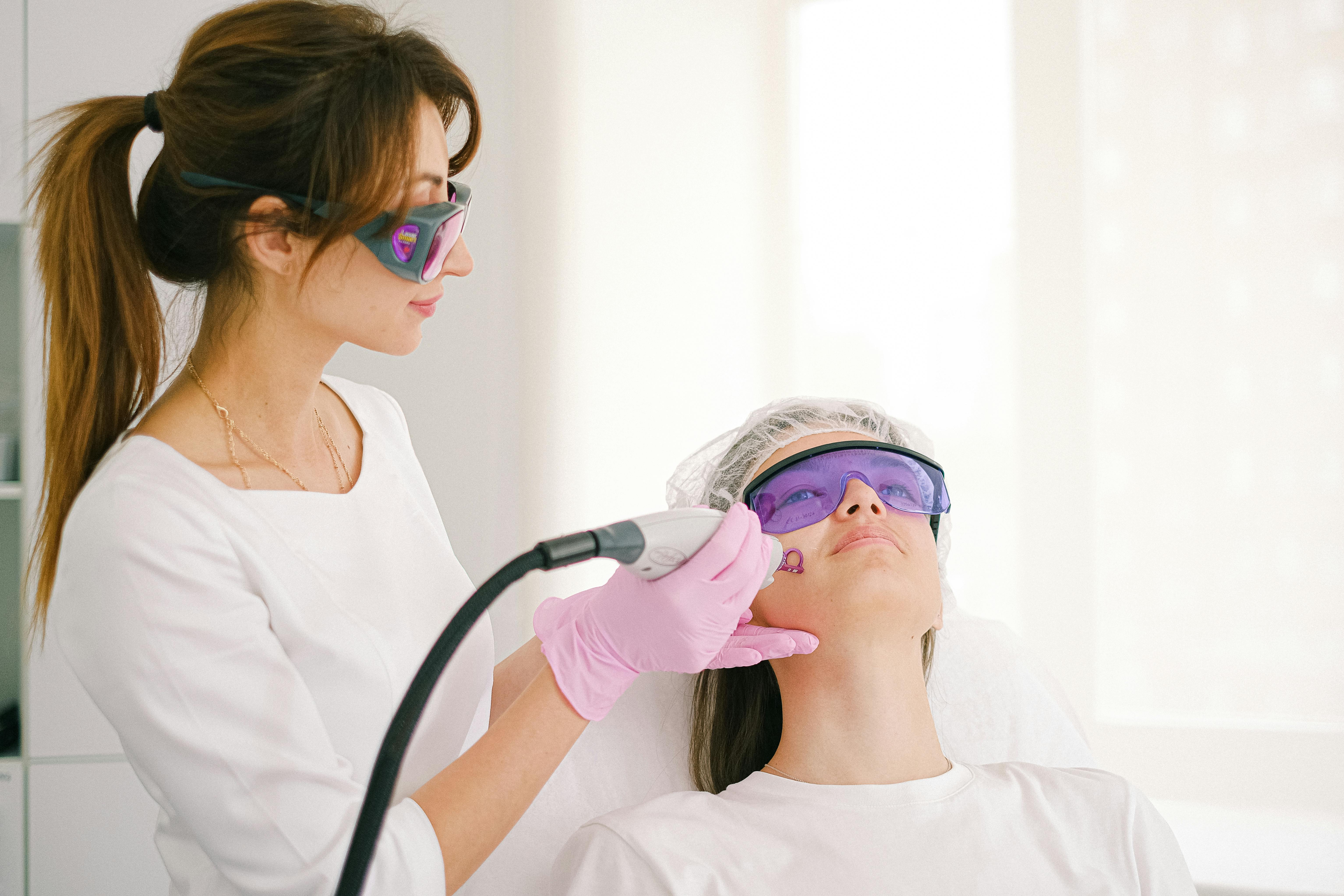
Within the types of laser, the distinction between continuous wave and pulsed lasers is crucial in understanding their application. Continuous wave lasers emit a steady beam of light, suitable for tasks needing sustained energy delivery, such as certain surgical procedures.
Pulsed lasers, on the other hand, release energy in short bursts, allowing for precise targeting of specific chromophores like melanin or hemoglobin. This pulsed nature reduces collateral damage to surrounding tissues, making them ideal for delicate cosmetic treatments like hair removal or vascular lesion therapy.
Understanding these differences helps practitioners choose the correct laser type for safe and effective treatment, especially when working with darker skin tones or sensitive areas.
CO2 and Erbium Lasers – Ablative Skin Resurfacing Powerhouses

CO2 and Erbium lasers represent some of the most powerful types of laser used in ablative skin resurfacing. Their ability to precisely remove damaged tissue makes them particularly effective for severe skin issues such as deep wrinkles, scars, and sun-damaged skin.
CO2 lasers emit at a wavelength strongly absorbed by water, enabling deep penetration and substantial tissue vaporization. Erbium lasers operate similarly but with less thermal damage, resulting in faster healing times and fewer side effects.
While these types of laser deliver profound results, they require careful patient selection due to longer recovery periods and higher risk profiles. Nonetheless, they remain gold standards for significant skin rejuvenation.
Q-Switch Lasers – Flashy, Fast, and Effective for Pigmentation
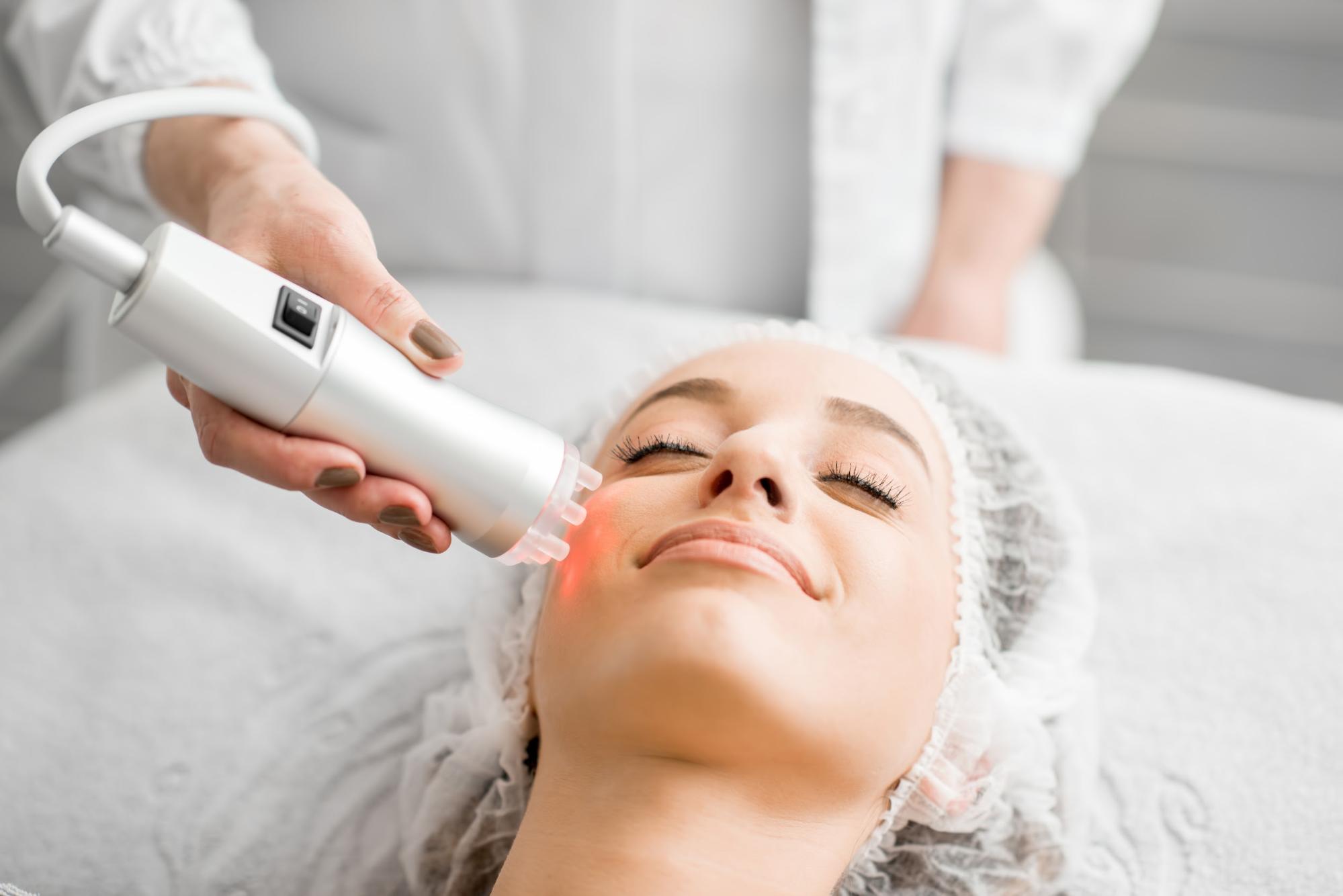
Q-switched lasers are a class of types of laser characterized by their ability to produce extremely short, high-energy pulses. This enables them to target pigmented lesions such as age spots, freckles, and tattoos effectively.
Their rapid pulse duration limits heat diffusion into surrounding tissues, reducing discomfort and side effects. Q-switching technology has expanded the possibilities for pigment clearance, making treatments safer and more predictable.
Clinicians appreciate their versatility, as they can be calibrated to treat various pigmented conditions while minimizing patient downtime. They exemplify the innovation in types of laser designed specifically for pigment and tattoo removal.
Types of Laser Removal
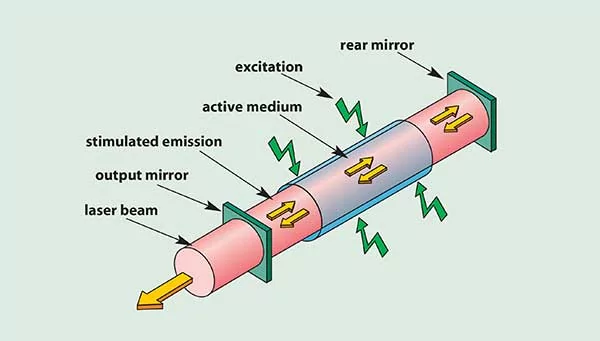
Laser removal techniques encompass a variety of procedures aimed at eliminating unwanted hair, tattoos, pigmentation, or scars. Each type of laser removal employs specific types of laser tailored to the target tissue’s properties, ensuring maximum efficacy with minimal adverse effects.
The choice of laser type depends on factors such as skin type, targeted lesion, depth of tissue, and patient preference. These types of laser removal procedures have become mainstays in aesthetic clinics worldwide, offering non-invasive or minimally invasive options for achieving desired results.
In this segment, we examine the prominent types of laser removal, their mechanisms, benefits, and limitations.
Tattoo Removal with Q-Switched Lasers
Tattoo removal is one of the most common applications of laser types of laser technology. Q-switched lasers are predominantly used because of their ability to shatter ink particles into smaller fragments that are then eliminated by the body’s immune system.
Different tattoo inks and colors respond variably to laser treatment; black and dark blue inks tend to absorb wavelengths effectively, leading to successful removal in fewer sessions. Multicolored tattoos may require multiple laser types — such as different wavelengths — to target all pigments adequately.
The process involves delivering high-intensity pulses that break down pigment particles without damaging surrounding skin tissue, minimizing scarring or pigmentation changes. While effective, several sessions are typically necessary for complete removal.
Laser Skin Resurfacing for Scar and Wrinkle Reduction
Laser skin resurfacing not only treats superficial skin imperfections but also targets deeper structural issues like scarring and deep wrinkles. Different types of laser removal employ either ablative or non-ablative lasers depending on severity.
Ablative techniques, such as CO2 and Erbium lasers, remove layers of damaged skin, encouraging fresh, healthy tissue growth. Non-ablative options stimulate collagen synthesis beneath the surface without removing skin, providing improvements over multiple sessions.
Patients must weigh the benefits of significant rejuvenation against recovery times and potential side effects. Proper assessment ensures choosing the type of laser removal best suited for individual needs.
Hair Removal with Diode and Alexandrite Lasers
Permanent hair reduction remains a primary application of laser types in aesthetic medicine. Diode, Alexandrite, Nd:YAG, and other lasers target melanin within hair follicles, damaging them to inhibit future hair growth.
Each laser type is optimized for specific skin and hair types: for example, Alexandrite lasers are highly effective for lighter skin, whereas Nd:YAG lasers are suitable for darker skin tones due to their deeper penetration and lower melanin absorption.
The effectiveness of types of laser removal for hair depends on parameters such as wavelength, pulse duration, and energy settings, which must be carefully calibrated to avoid skin damage and achieve permanent results.
Vascular Lesion Removal Using Pulsed-Dye Lasers
Certain types of laser removal are specifically designed to treat vascular lesions, including spider veins and port-wine stains. Pulsed-dye lasers emit yellow light, which is absorbed selectively by oxyhemoglobin in blood vessels.
This targeted approach causes vessel coagulation and eventual resorption without harming surrounding tissue. Multiple sessions are generally required for complete clearance, especially for larger or stubborn vascular lesions.
Cosmetic and medical professionals favor pulsed-dye lasers for their precision and safety profile, making them indispensable in vascular lesion management.
Types of Laser Treatments for Face Hair Removal
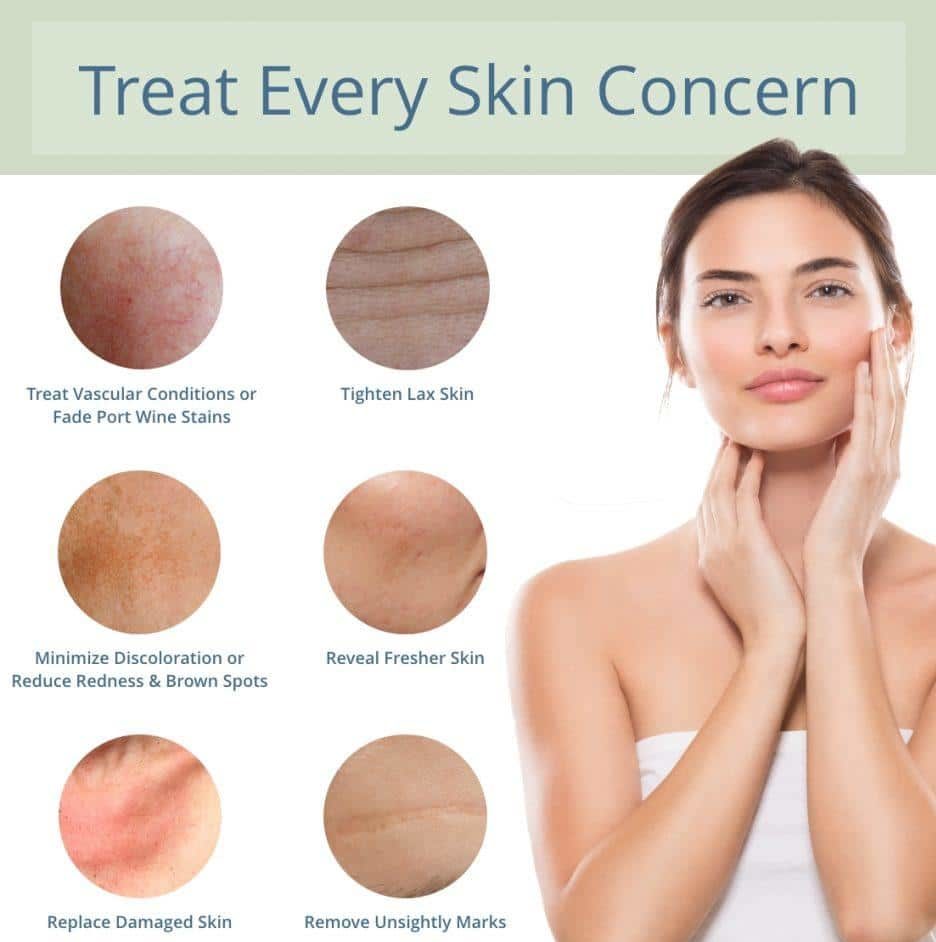
Facial hair removal is a common cosmetic concern, particularly among women and individuals with hormonal imbalances. Various types of laser treatments have been developed to provide long-lasting or permanent solutions.
The effectiveness of these treatments depends on skin type, hair color, and the area being treated. Choosing the right type of laser ensures comfort, safety, and optimal results.
In this section, we explore the most prevalent types of laser treatments for face hair removal, their mechanisms, advantages, and considerations to ensure a satisfactory outcome.
Laser Options Tailored for Facial Skin
Facial skin, being delicate and often sensitive, requires specialized laser approaches to minimize irritation and maximize results. Among these, Diode and Alexandrite lasers are widely favored due to their efficacy and safety profiles.
Diode lasers operate at a wavelength that penetrates deeply enough to target hair follicles while sparing the superficial skin layers. Conversely, Alexandrite lasers emit a shorter wavelength ideal for lighter skin, providing quick treatments with less discomfort.
The choice of type of laser should consider individual skin pigmentation and hair contrast. A thorough pre-treatment assessment allows practitioners to customize protocols, reducing risks of hyperpigmentation or burns.
Cryogen Spray and Cooling Technologies
To enhance patient comfort during facial laser hair removal, modern systems incorporate cooling methods such as cryogen sprays or contact cooling tips. These types of laser treatments not only reduce pain but also serve as protective measures for the epidermis.
Cooling enhances the safety profile, enabling higher energy levels to be used safely for better results. It is especially important when treating sensitive facial areas where skin fragility is higher.
Advances in cooling technology have made laser hair removal on the face a less intimidating procedure, fostering greater acceptance and satisfaction among patients.
Multi-Wedged and Sequential Laser Approaches
Some practitioners employ combination strategies that utilize multiple types of laser to optimize facial hair removal. For instance, initial treatment with a diode laser might be followed by a different wavelength to target residual hair follicles or pigmented hair.
Sequential or multi-wedged approaches allow for tailored treatments addressing variable hair and skin conditions, resulting in more comprehensive clearance. Proper timing and coordination between types of laser are crucial to prevent adverse effects.
This personalized method underscores the importance of expertise in laser physics and skin biology, pushing the boundaries of what’s achievable in facial hair management.
Long-Term Maintenance and Follow-Up
Achieving permanent facial hair removal often involves multiple sessions spaced over several months. Even after effective treatment, some residual follicle activity may persist, necessitating maintenance treatments.
Follow-up sessions might include types of laser touch-ups to sustain results. Patient education about realistic expectations and the importance of ongoing care improves overall satisfaction.
Emerging technologies like picosecond lasers promise even better long-term outcomes with fewer sessions, representing the future frontier of types of laser for facial hair removal.
Types of Laser Hair Removal Machines
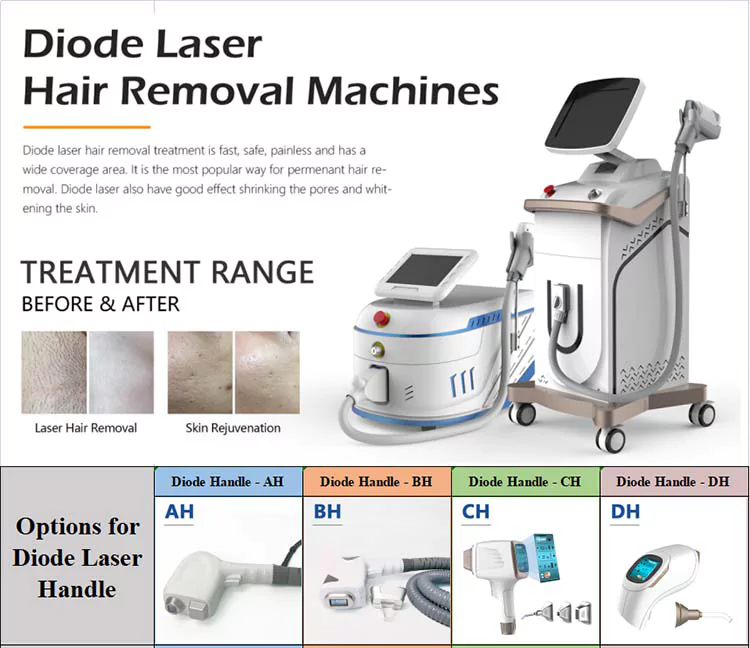
The backbone of any successful laser treatment practice lies in the quality and capabilities of its equipment. Multiple types of laser hair removal machines exist, each with distinct features tailored for various clinical needs.
Understanding the differences among these machines helps practitioners optimize performance and safety, ultimately enhancing patient satisfaction.
In this segment, we analyze the key characteristics, technological advancements, and strategic considerations related to types of laser hair removal machines.
Handpieces and Wavelength Variations
Modern types of laser hair removal machines come equipped with interchangeable handpieces designed for specific wavelengths and treatment areas. The commonly used wavelengths include 755 nm (Alexandrite), 810 nm (Diode), and 1064 nm (Nd:YAG).
Each wavelength penetrates differently and has varying absorption rates in melanin, influencing efficacy and safety profiles across skin types. For example, Alexandrite’s shorter wavelength is more effective on lighter skin, whereas Nd:YAG’s deeper penetration suits darker skin tones.
Practitioners often select machine configurations based on patient demographics and treatment goals, combining versatility with precision.
Spot Size and Pulse Duration Options
Effective laser hair removal depends on optimizing spot size and pulse durations. Larger spot sizes accelerate treatment of larger areas, while smaller sizes offer precision for facial or sensitive zones.
Pulse duration influences how much energy is delivered and how the follicle absorbs it. Shorter pulses are preferred for targeting hair follicles without damaging surrounding tissue, reducing discomfort and side effects.
Advanced types of laser machines incorporate adjustable parameters, enabling tailored protocols that maximize results while maintaining safety standards.
Cooling Systems and Safety Features
Safety is paramount in laser treatments, especially on delicate skin. Many types of laser machines integrate sophisticated cooling systems, such as contact cooling or air cooling, to protect superficial skin layers.
Some devices feature real-time feedback and skin sensors that adjust energy delivery based on skin response, further minimizing risks. These innovations improve patient comfort and reduce the incidence of adverse reactions like burns or hyperpigmentation.
Investing in high-quality, well-equipped laser hair removal machines reflects a commitment to safe, effective, and comfortable treatments.
Portability and Clinical Versatility
The design and portability of types of laser equipment influence their usability across different clinical settings. Compact, lightweight machines facilitate easy movement and quick setup, ideal for clinics with space constraints or mobile practices.
Versatile machines capable of performing multiple aesthetic procedures—such as skin tightening, vascular treatments, and hair removal—offer added value through multifunctionality.
Choosing the right type of laser hair removal machine aligns with practice goals, budget, and patient demand, ensuring sustainable service offerings.
Types of Laser Hair Removal
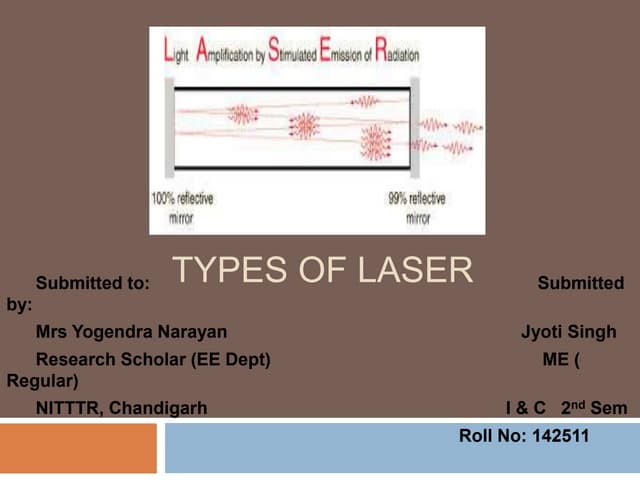
Laser hair removal has evolved significantly since its inception, now encompassing a range of types that cater to diverse patient needs. The main types of laser hair removal are distinguished primarily by the laser type employed, treatment protocols, and target characteristics.
Selection among these types depends on factors like skin color, hair thickness, and personal preferences regarding comfort and downtime. This section offers an in-depth analysis of the most common types of laser hair removal treatments, their nuances, and applicability.
Permanent vs. Long-Lasting Hair Reduction Technologies
One of the core distinctions in types of laser hair removal involves whether the procedure provides permanent hair removal or long-lasting hair reduction.
Permanent hair removal aims to eliminate hair follicles entirely, preventing regrowth. This typically requires multiple sessions and precise laser settings to destroy the follicle cells effectively.
Long-lasting hair reduction, while not permanent, significantly diminishes hair density and growth rate over time. Patients often undergo annual or biannual maintenance sessions. The choice depends on individual goals and tolerance.
Innovations in laser types aim to optimize both outcomes, balancing efficacy with safety, especially for sensitive areas.
Treatment Protocols Based on Skin and Hair Types
Different types of laser hair removal are suited for varying skin and hair types. For example, Alexandrite lasers work best on fair skin with coarse hair, while Nd:YAG lasers are safer for darker skin tones.
Treatment protocols differ accordingly: certain lasers require longer pulse durations or specific cooling measures to prevent hyperpigmentation or burns. Tailoring protocols enhances safety and success rates.
Knowledge of these distinctions empowers clinicians to recommend appropriate types and parameters, minimizing side effects and maximizing patient satisfaction.
Pain Management and Comfort Measures
Pain perception varies across types of laser treatments. Some lasers, such as diode and Alexandrite, may cause discomfort or a sensation akin to snapping rubber bands.
Advances include incorporating cooling mechanisms, topical anesthetics, and longer pulse durations, which improve comfort during treatment. Some types of laser are inherently more tolerable due to their wavelength and pulse characteristics.
Understanding the comfort profile of each type influences patient compliance and overall experience, critical factors in treatment adherence.
Efficacy and Side Effect Profiles
Efficacy varies among types of laser, with some providing faster results but higher risks of adverse effects if misapplied. For example, Nd:YAG lasers are safer for darker skin but may require more sessions for optimal results.
Side effect profiles, including erythema, hyperpigmentation, or rare scarring, depend on laser type, skin preparation, and operator expertise. Proper training and patient selection are essential to mitigate risks.
Evaluating these aspects guides clinicians in choosing the most appropriate type of laser for each patient, ensuring safe, effective, and satisfactory outcomes.
Types of Anti-Wrinkle Injections
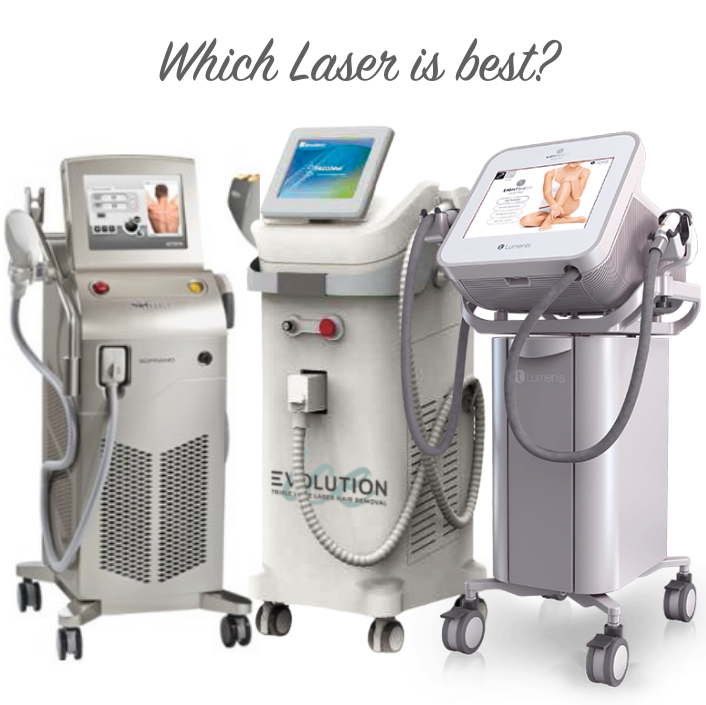
Beyond laser therapies, injectable treatments have become pivotal in combating signs of aging. Types of anti-wrinkle injections primarily include botulinum toxin formulations and dermal fillers, each serving distinct purposes.
These minimally invasive procedures complement laser treatments, providing comprehensive skin rejuvenation. In this section, we explore different types of anti-wrinkle injections, their mechanisms, indications, and emerging trends.
Botulinum Toxin Types and Their Uses
Botulinum toxin is the most recognized type of anti-wrinkle injection. Several formulations are available, including Botox, Dysport, Xeomin, and Jeuveau. While they differ in manufacturing processes and potency, their mechanism involves temporarily paralyzing muscles to soften dynamic wrinkles.
Clinicians select specific types based on onset time, duration, and patient response. For example, Dysport may spread more extensively, making it suitable for broader areas.
Understanding the nuances among types of anti-wrinkle injections enables precise dosing, reducing side effects like drooping eyelids while maximizing aesthetic benefits.
Dermal Fillers for Volume Restoration
Dermal fillers, such as hyaluronic acid-based products, restore lost facial volume and smooth static wrinkles. Different types vary in viscosity, longevity, and compatibility with diverse skin types.
Popular brands include Juvederm, Restylane, and Belotero, each offering formulations tailored for specific indications like lip augmentation or cheek enhancement.
Choosing the appropriate type of anti-wrinkle injection depends on treatment goals and anatomical considerations, with expert administration ensuring natural-looking results.
Emerging Injectable Treatments
Innovations continue in the realm of types of anti-wrinkle injections, including peptides, poly-L-lactic acid, calcium hydroxylapatite, and PRP (platelet-rich plasma). These treatments aim to stimulate collagen, improve skin texture, and provide longer-lasting effects.
New formulations focus on reducing side effects, improving durability, and expanding indications beyond traditional wrinkles, such as skin laxity and pigmentation issues.
Staying abreast of these developments allows practitioners to offer cutting-edge options that meet evolving patient expectations for youthful, radiant skin.
Combining Injectables for Optimal Results
Combination therapy, integrating botulinum toxin and dermal fillers, offers a comprehensive approach to facial rejuvenation. Strategically selecting types based on individual needs maximizes aesthetic outcomes while minimizing risks.
For instance, Botox may relax forehead lines, while fillers restore cheek volume, creating balanced, natural results. Adjunctive treatments like chemical peels or laser resurfacing further enhance skin quality.
An individualized plan considering types of anti-wrinkle injections and complementary therapies ensures holistic rejuvenation aligned with patient desires and safety considerations.
Two Types of Laser Hair Removal
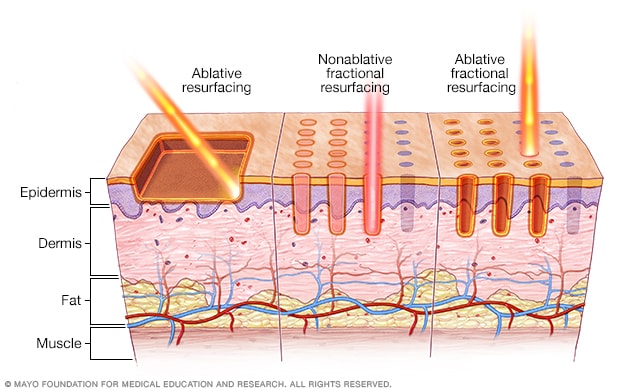
Among the many types of laser hair removal, two principal modalities stand out due to their widespread use and proven efficacy: permanent laser hair removal and long-lasting laser hair removal. Each offers benefits tailored to different expectations and skin conditions.
Understanding these two types of laser hair removal helps patients set realistic goals and clinicians to implement appropriate protocols. Below, we analyze these categories, their mechanisms, advantages, and limitations.
Permanent Laser Hair Removal – Complete Follicle Destruction
This type aims to permanently eradicate hair follicles, preventing regrowth altogether. Achieving true permanence typically involves targeting actively growing hair follicles with sufficiently intense laser energy.
Technologies such as Nd:YAG and diode lasers are commonly employed. The process requires multiple sessions to address hairs in various growth phases since not all follicles are active simultaneously.
Advantages include long-term or permanent reduction in hair density, saving time and effort in grooming routines. However, it requires proper patient selection, especially considering skin and hair color, to ensure safety and effectiveness.
Long-Lasting Hair Reduction – Sustained Results Over Time
Unlike permanent removal, long-lasting laser hair removal significantly reduces hair growth but may not eliminate every follicle. It relies on damaging hair follicles to diminish their activity over years, though some regrowth may occur.
This type is appealing for patients seeking manageable, reduced hair presence rather than absolute removal. It involves fewer sessions and shorter recovery, making it more accessible.
Clinically, a combination of technologies and meticulous treatment plans optimizes results. Patients should be informed about the potential need for periodic maintenance sessions to uphold their desired appearance.
Comparing Both Approaches
While both types of laser hair removal provide excellent results, key differences lie in their permanence and maintenance requirements. Permanent removal offers definitive results but demands rigorously planned treatments and consideration of skin type compatibility.
Long-lasting hair reduction presents a practical alternative for those wary of extensive procedures or with skin conditions limiting laser options. Personalized consultation and realistic expectations are vital components of success in either approach.
Conclusion
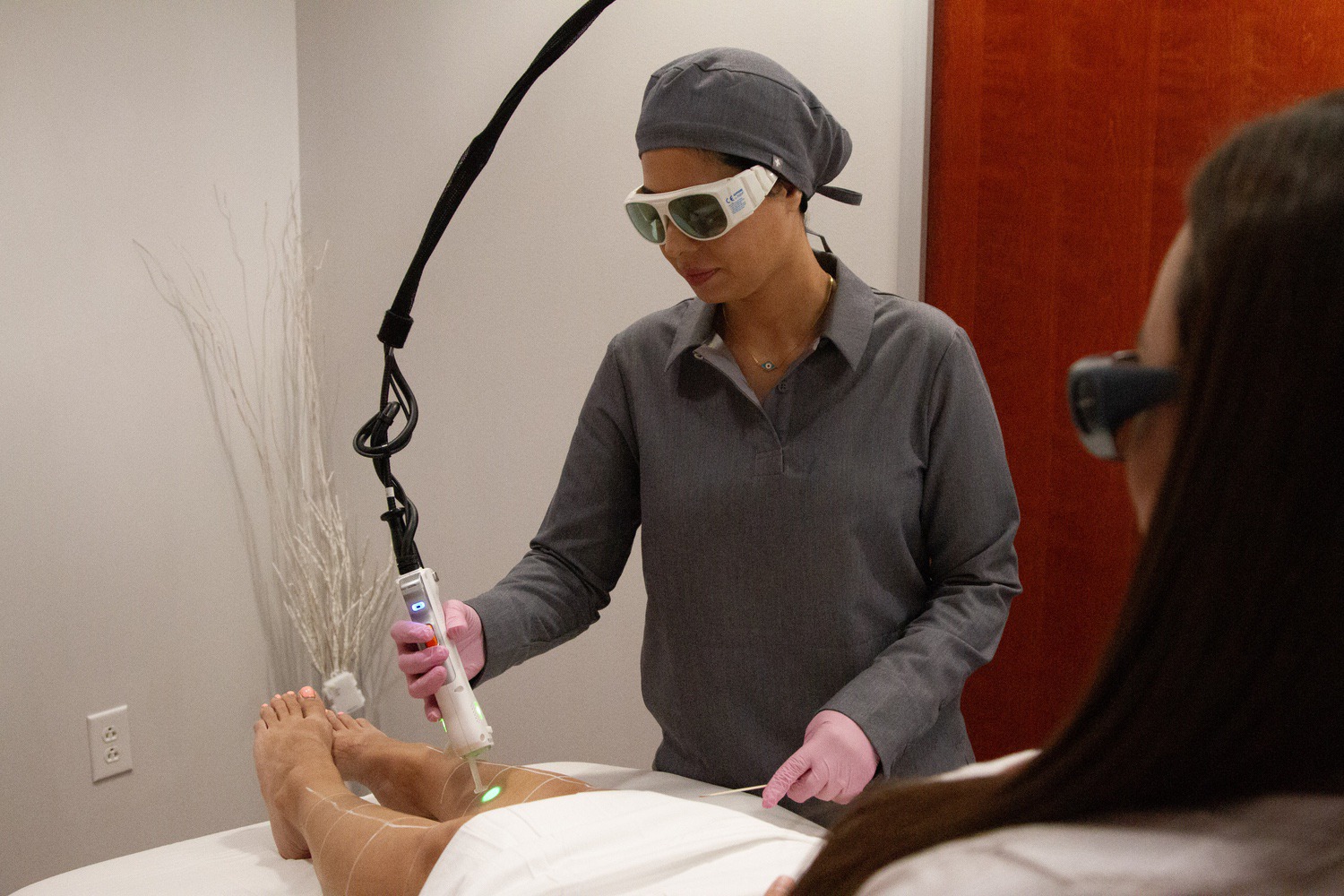
The landscape of types of laser technology and associated treatments offers a rich spectrum of options for skin rejuvenation, hair removal, and aging management. From fractional and ablative lasers to advanced types of laser removal methods, each modality serves specific clinical and aesthetic purposes, emphasizing the importance of tailored treatment planning. Types of anti-wrinkle injections complement laser therapies, providing comprehensive face rejuvenation strategies. As innovations continue, understanding the nuances, benefits, and limitations of each type ensures both clinicians and patients make informed decisions, achieving optimal, lasting results with safety at the forefront. Whether seeking types of laser treatments for face hair removal or exploring two types of laser hair removal, staying current with technological advances guarantees the best outcomes in aesthetic and medical dermatology.




